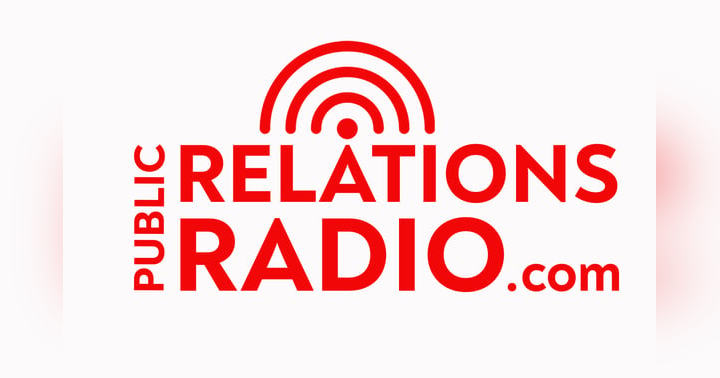The Clubhouse App as a PR Tool

The Clubhouse audio platform is making headlines on social and traditional media channels right now as the hottest new way to communicate online. But is it for you? Is it worth the time to learn this emerging public relations tool? The answer depends on your communications goals. Here’s what you should know about Clubhouse.
Clubhouse Explained
Clubhouse is a drop-in social audio app, where voices are the content. It’s a platform featuring hundreds of live discussions on myriad topics. Some are serious, others silly. Most look like conference panel discussions with speakers, an audience, and the ability to ask questions. People can come and go. Nothing is recorded.
Journalists are all over the site trolling for story ideas and contacts. Public relations people are creating “rooms” for announcements and other discussions with reporters and the public. Social media influencers are there too, looking to leverage and grow their audiences in this “town square” style open forum. It’s free to join and use. People must be invited into the platform by someone they know. But as the community expands, that will get easier with time.
Clubhouse as a PR Tool
If the goal is to connect with people in live forums where you can engage audiences in real-time discussions about your ideas or plans, then Clubhouse is for you. Here’s how you might reach people using the platform:
Host a town hall discussion. Invite experts to address a topic of interest to your audience. Create a room, schedule the panel, and share the meeting link with your email list or social media database.
Host a news conference. You can host a room open to everyone on Clubhouse, a room limited to the people you follow on social media, or a room accessible only to those you choose.
Conduct a focus group. Get qualitative feedback on ideas that would benefit from public comment. Again, you decide who gets to enter your room.
Join a conversation. You don’t need to host a forum to engage audiences on Clubhouse. You could join a session and comment if or when it’s appropriate. In fact, it might be better to sit in the back of the room a couple of times to get a feel for how the process works before jumping onto the stage for your own hosted event.
Considerations
As with any new platform, there are some drawbacks. Only a couple million people are on Clubhouse today. That may sound like a big number, but when you consider Facebook has 2.8 billion active users worldwide, it’s obvious that Clubhouse still has some work to do before it becomes a household name. Membership is growing, but for now, it’s more likely you’ll have to invite people to your event if you plan one.
Also, Android users can’t access the platform yet. And it’s not available on a computer. People with iPhones are good to go. Everyone else will need to wait until the service expands.
When thinking about who should speak at your event, platform veterans suggest only people comfortable in front of large groups should take the Clubhouse stage. If you’re good with live audiences and are media trained, then you’ll have more freedom to focus on your content and less on the format. But if you’re prone to stage fright, then it might be better to avoid Clubhouse altogether.
Drop-in audio platforms are gaining popularity. Clubhouse is just one of those bursting onto the social media scene. Facebook, Twitter, and, most recently, entrepreneur Mark Cuban, all are either testing or planning their own Clubhouse-style apps, leading many to think social audio is here to stay.
If you can find a way to include Clubhouse as part of your communications tactical mix, you’ll be ahead of the trend and better able to make it, or one of these other developing concepts, work for you as these formats mature and audiences become more sophisticated in their use of audio over digital channels.
By Robert Johnson, Strategic Communications Officer, Riester Public Affairs, Washington, D.C.






